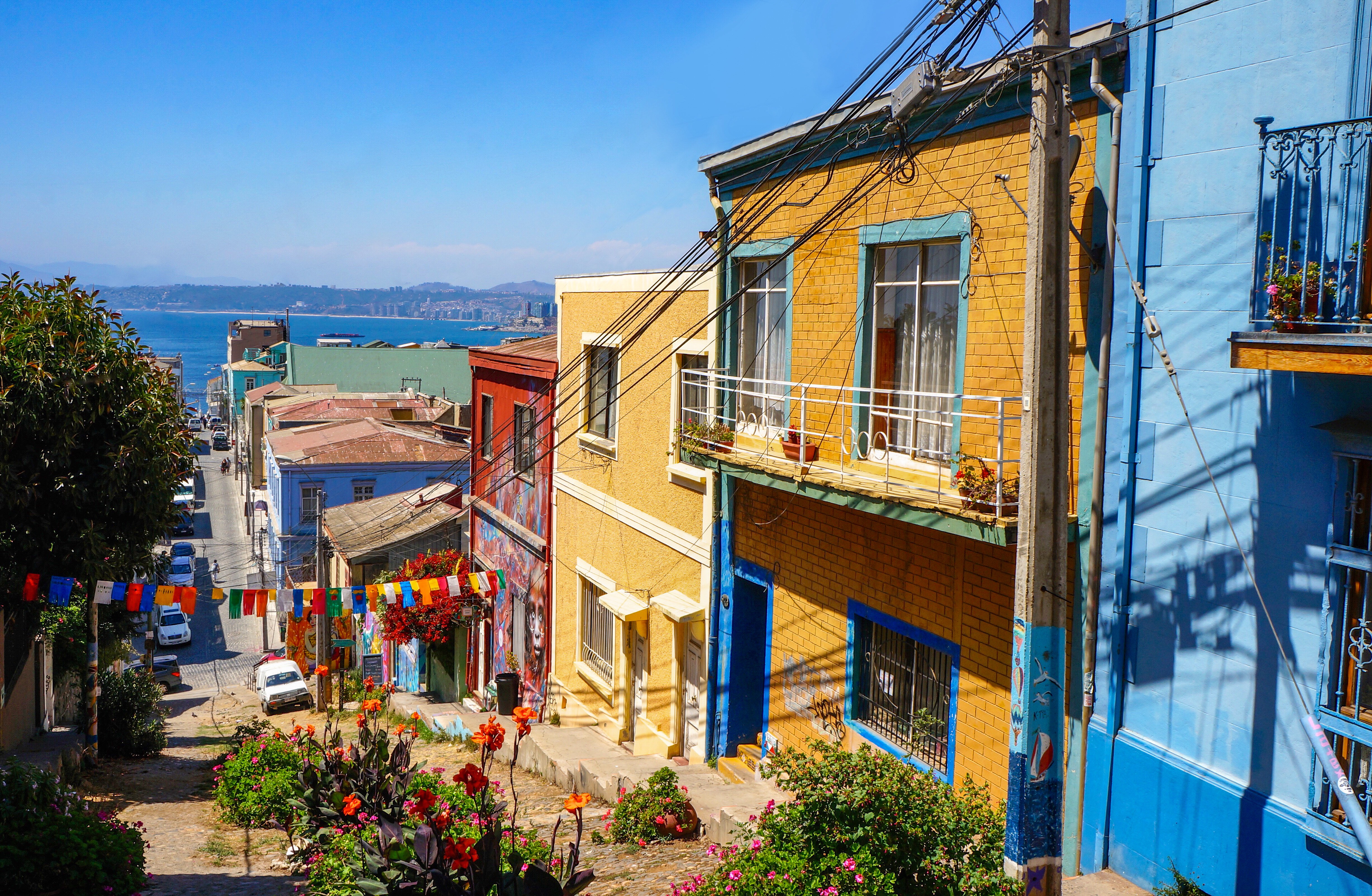18 Tips For Exploring Local Food Scenes Like A Pro
Exploring a local food scene is akin to embarking on a cultural journey, where each dish tells a story and every flavor is a note in the symphony of the region's heritage. Local food scenes offer a tantalizing glimpse into the heart of a community, showcasing the diversity and richness of its culinary traditions. Whether you're a seasoned traveler or a curious epicurean, understanding the nuances of local cuisines can transform an ordinary meal into an unforgettable experience. This article will guide you through 18 secrets to mastering local food scenes, accompanied by eighteen pro tips to enhance your culinary adventures. From understanding the history and culture behind dishes to navigating bustling markets and intimate eateries, this comprehensive guide is designed to equip you with the knowledge and confidence to savor every bite of your gastronomic journey.
1. Embrace the History

To truly appreciate a local food scene, one must delve into the history that shaped it. Every region has its unique culinary evolution, influenced by geography, trade, and cultural exchanges. Understanding the historical context of a dish can provide insight into its ingredients, preparation methods, and significance. For instance, the spices in Indian cuisine reflect centuries of trade along the Silk Road, while the fusion of flavors in Peruvian dishes showcases the blending of indigenous, Spanish, African, and Asian influences. By learning about the historical backdrop, you can better appreciate the complexity and depth of the flavors you encounter. Pro Tip: Visit local museums or historical sites to gain a deeper understanding of the region's culinary history.
2. Connect with Locals

Building connections with locals is one of the most rewarding ways to explore a food scene. Locals can offer insider knowledge about the best places to eat and provide context for the dishes you try. Engaging with residents can lead to discovering hidden gems that aren't listed in guidebooks or online reviews. Attend community events, participate in cooking classes, or simply strike up conversations with vendors at local markets. These interactions can enrich your experience and provide a more authentic taste of the region's culinary culture. Pro Tip: Learn a few basic phrases in the local language to break the ice and show respect for the culture.
3. Navigate Local Markets

Local markets are the heartbeat of any food scene, offering a sensory feast of colors, smells, and sounds. They are the perfect place to discover fresh produce, artisanal products, and traditional ingredients. Markets provide a snapshot of the region's agricultural bounty and culinary preferences. As you wander through the stalls, take note of seasonal offerings and unique items that reflect the local palate. Engage with vendors to learn about their products and gain cooking tips. Pro Tip: Visit markets early in the morning when the produce is freshest, and vendors are more likely to have time to chat.
4. Understand Regional Ingredients

Every region boasts its own set of staple ingredients that define its cuisine. Familiarizing yourself with these ingredients can enhance your appreciation of the dishes you encounter. Whether it's the aromatic herbs of the Mediterranean, the fiery chilies of Southeast Asia, or the hearty grains of Eastern Europe, these components are the building blocks of local flavors. Take the time to learn about the sourcing, preparation, and significance of key ingredients. Pro Tip: Consider taking a guided food tour that focuses on regional ingredients to gain expert insights.
5. Explore Street Food
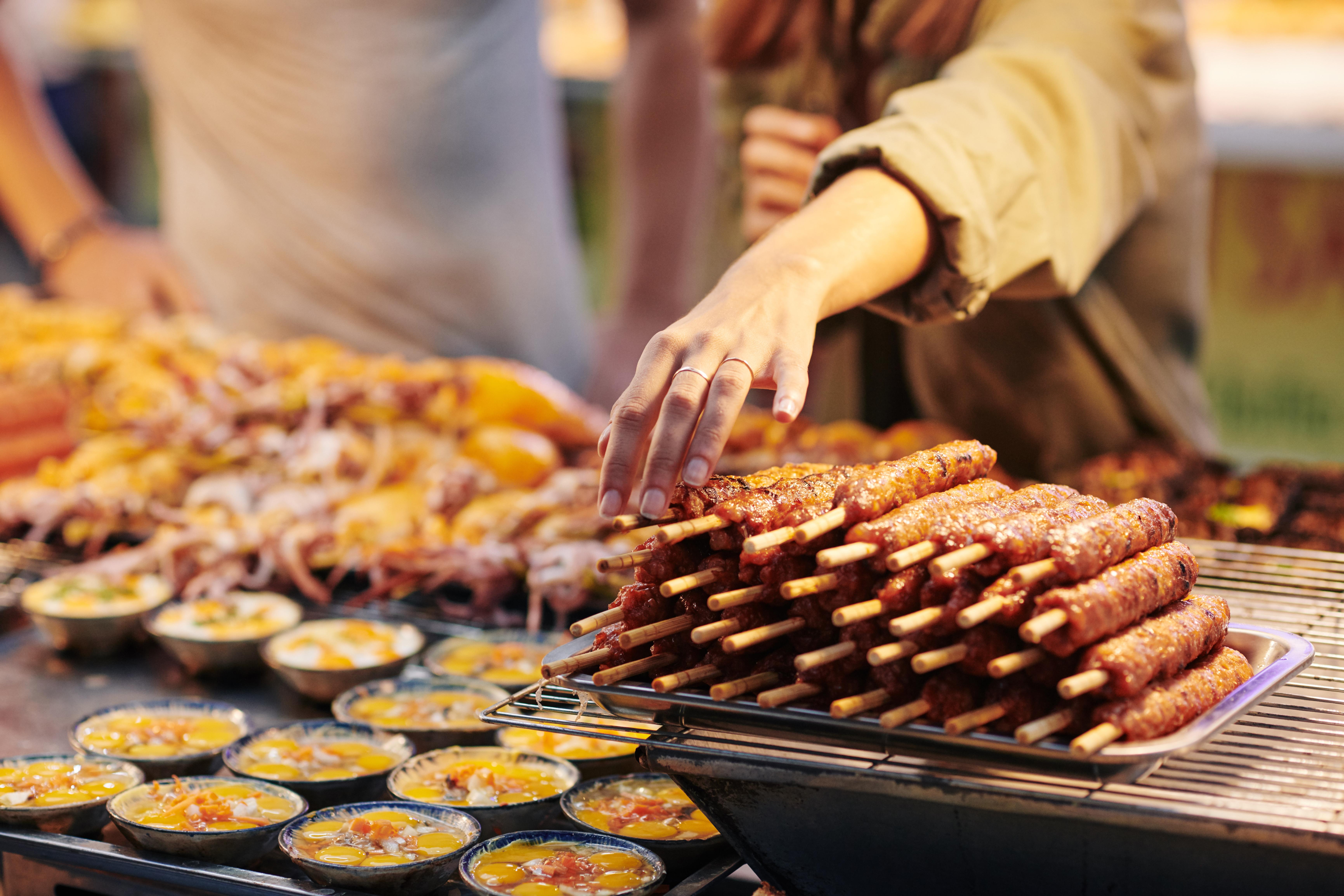
Street food is often the soul of a local food scene, offering an array of affordable and delicious options that reflect the everyday tastes of the community. Street vendors are often masters of their craft, specializing in a few signature dishes that have been perfected over generations. Sampling street food allows you to experience authentic flavors in a casual setting, free from the constraints of a formal dining experience. Be adventurous and try a variety of offerings, from savory snacks to sweet treats. Pro Tip: Look for stalls with long lines or those frequented by locals, as these are often indicators of quality and safety.
6. Discover Hidden Eateries

Beyond the well-trodden paths of popular restaurants lie hidden eateries that offer unique dining experiences. These establishments may be tucked away in alleyways or located in residential neighborhoods, but they often serve some of the most authentic and memorable meals. Hidden eateries are where you can find dishes made with love and care, often using family recipes passed down through generations. Seek out these culinary treasures by asking locals for recommendations or exploring less touristy areas. Pro Tip: Use social media platforms to discover trending local spots that might not be in traditional guidebooks.
7. Attend Food Festivals

Food festivals are vibrant celebrations of a region's culinary heritage, offering a concentrated experience of its food scene. These events bring together local chefs, producers, and food enthusiasts to showcase the best of what the area has to offer. From tasting traditional dishes to watching cooking demonstrations, food festivals provide an immersive experience that highlights the diversity and creativity of local cuisine. Attending these festivals can also offer insights into the cultural significance of certain foods and culinary practices. Pro Tip: Plan your visit around a major food festival to maximize your exposure to the local food scene.
8. Dine with a Local Family
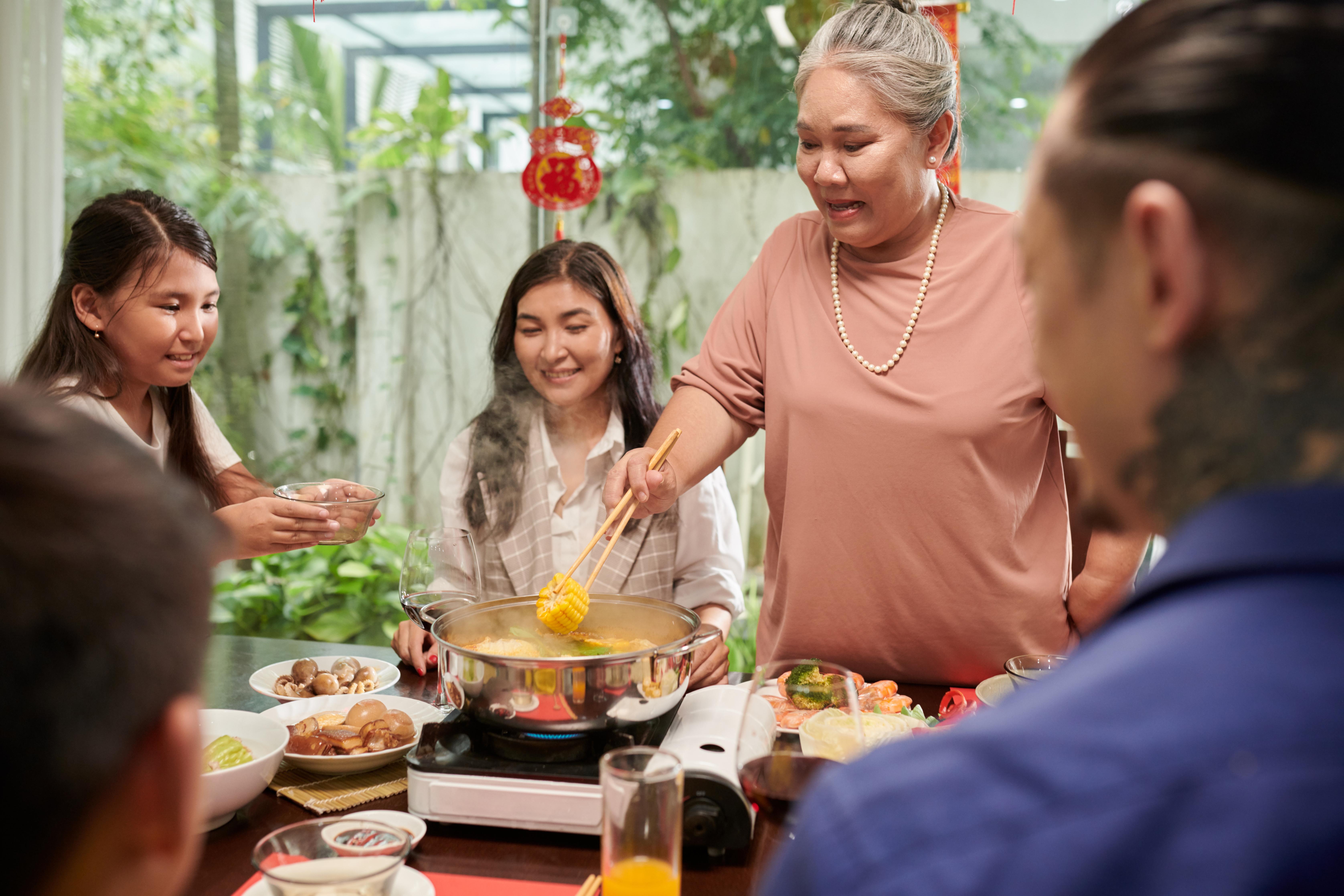
One of the most intimate ways to experience a local food scene is by dining with a family in their home. This opportunity allows you to enjoy home-cooked meals made with traditional recipes and gain a deeper understanding of the region's culinary customs. Sharing a meal with a local family offers a unique perspective on the role of food in daily life and special occasions. It also provides the chance to learn about the preparation and significance of each dish firsthand. Pro Tip: Look for programs or platforms that facilitate cultural exchanges and home dining experiences.
9. Learn Local Cooking Techniques

Understanding local cooking techniques is essential for mastering a food scene. Each region has its own methods of preparing and cooking food, which contribute to the distinct flavors and textures of its cuisine. Whether it's the art of sushi-making in Japan, the slow-cooking techniques of Italian cuisine, or the stir-frying skills of Chinese chefs, learning these techniques can deepen your appreciation of the dishes you try. Consider taking a cooking class or workshop to gain hands-on experience and learn from local chefs. Pro Tip: Document your learning process through notes or photos to remember the techniques and recreate the dishes at home.
10. Appreciate the Art of Pairing

Pairing food with the right beverage can elevate your dining experience and enhance the flavors of both. Each region has its own traditions and preferences when it comes to pairing food and drink, whether it's wine, beer, tea, or spirits. Understanding these pairings can provide insight into the local palate and culinary practices. Take the time to learn about the regional beverages and how they complement different dishes. Pro Tip: When dining out, ask your server or sommelier for pairing recommendations to discover new flavor combinations.
11. Respect Culinary Etiquette
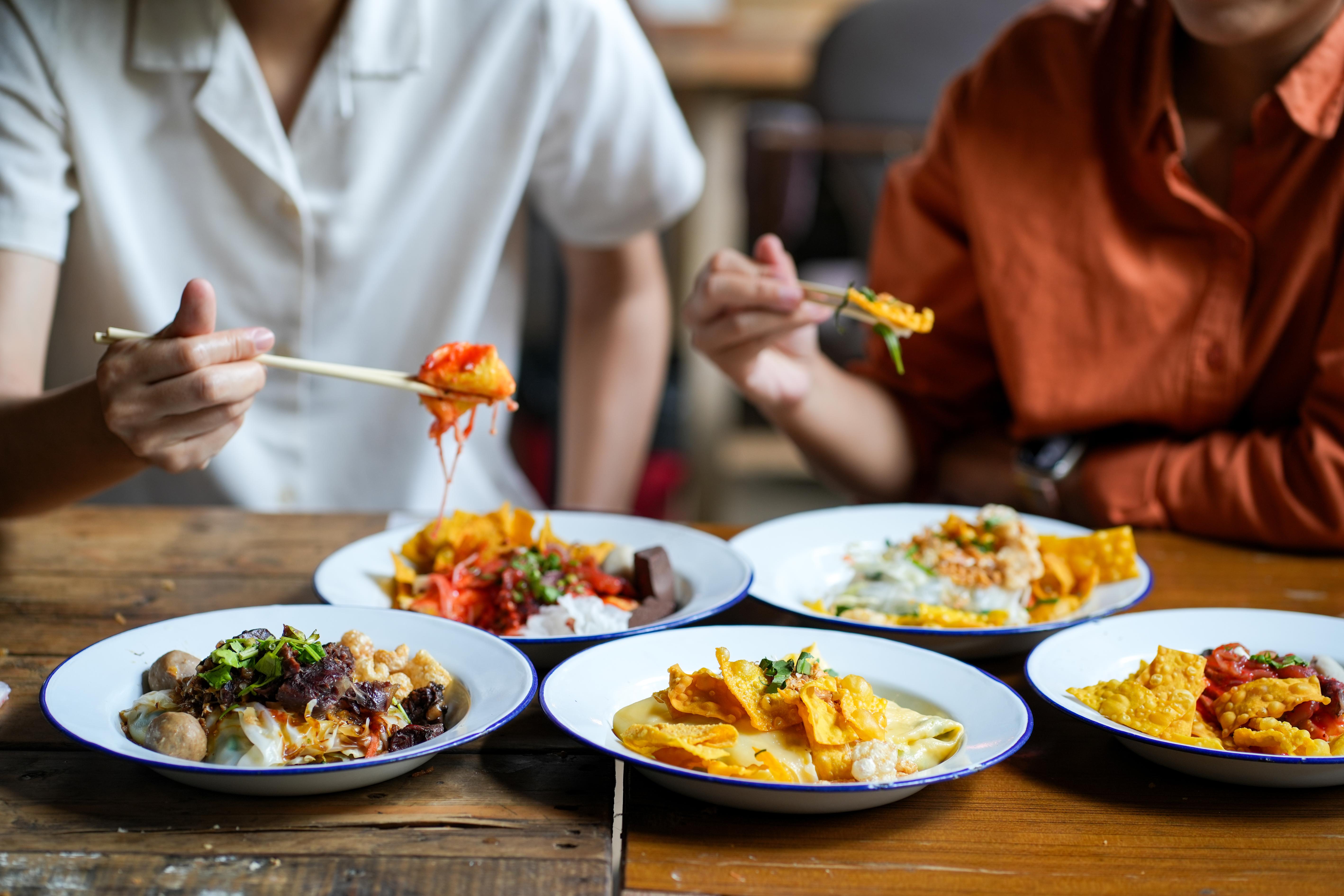
Every culture has its own set of culinary etiquette and dining customs that reflect its values and traditions. Understanding and respecting these practices is crucial for navigating a local food scene with grace and appreciation. Whether it's the proper use of chopsticks in Japan, the communal style of eating in Ethiopia, or the importance of sharing in Middle Eastern cultures, being aware of these customs can enhance your dining experience and show respect for the local culture. Pro Tip: Research dining etiquette before your visit to avoid any unintentional faux pas.
12. Support Local Producers

Supporting local producers is a vital aspect of mastering a food scene. By choosing to buy from local farmers, artisans, and food makers, you contribute to the sustainability and vitality of the region's culinary ecosystem. Local producers often use traditional methods and high-quality ingredients, resulting in products that are both delicious and authentic. Visit farmers' markets, artisanal shops, and cooperatives to discover locally made goods and learn about the stories behind them. Pro Tip: Ask producers about their practices and products to gain a deeper understanding of their work and the local food landscape.
13. Explore Sustainable Practices
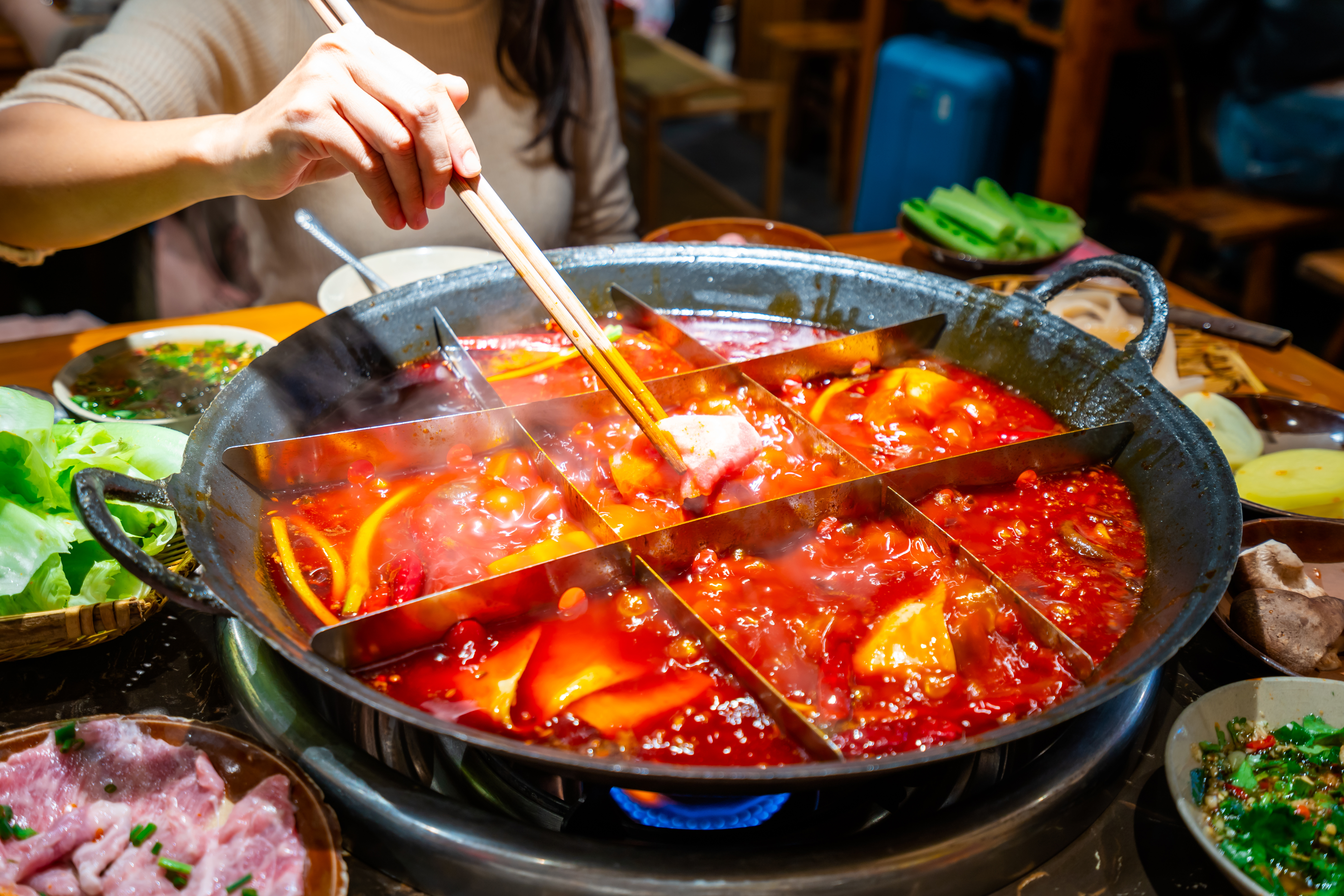
Sustainability is an increasingly important consideration in the world of food, and many regions are embracing practices that prioritize environmental and social responsibility. Exploring a local food scene through the lens of sustainability can reveal innovative approaches to farming, fishing, and food production. Look for restaurants and producers that emphasize organic, fair-trade, and locally sourced ingredients. Supporting these businesses not only benefits the environment but also ensures the preservation of culinary traditions for future generations. Pro Tip: Research sustainable dining options in advance to make informed choices during your visit.
14. Capture the Experience

Documenting your culinary adventures is a wonderful way to preserve memories and share your experiences with others. Whether through photography, journaling, or social media, capturing the sights, sounds, and flavors of a local food scene allows you to relive the experience and inspire others to explore. Take photos of dishes, markets, and the people you meet along the way. Write about your impressions, favorite meals, and any interesting stories you encounter. Pro Tip: Use a combination of media to create a rich and engaging record of your journey.
15. Share Your Knowledge

Sharing your knowledge and experiences with others can enrich your own understanding and contribute to a broader appreciation of global cuisines. Whether through writing, teaching, or simply conversing with friends and family, sharing what you've learned can inspire others to explore new food scenes and try different dishes. Consider starting a blog, hosting a dinner party, or giving a presentation about your culinary adventures. Pro Tip: Use storytelling to convey the cultural and historical significance of the dishes and experiences you've encountered.
16. Stay Open-Minded

One of the most important secrets to mastering a local food scene is maintaining an open mind. Each region offers its own unique flavors, ingredients, and culinary practices that may be unfamiliar or surprising. Approach each new dish and experience with curiosity and a willingness to try something different. Embrace the unexpected and be open to discovering new favorites. Pro Tip: Challenge yourself to try at least one dish or ingredient that is outside your comfort zone during your culinary exploration.
17. Immerse Yourself in Local Culinary Rituals

Culinary rituals often form the backbone of a region's food culture, reflecting its history, traditions, and values. Whether it's a Japanese tea ceremony, a French wine tasting, or a Moroccan communal meal, participating in these rituals can provide deeper insights into the significance of food in daily life. These experiences offer more than just a meal; they serve as a gateway to understanding the heart of the culture. Pro Tip: Look for tours or workshops that focus on local food rituals to gain a hands-on appreciation of the customs.
18. Follow the Seasons

Seasonality plays a vital role in defining a region's food scene, with menus and market offerings often changing based on what's fresh and available. Exploring local food through the lens of the seasons allows you to enjoy dishes at their peak, when flavors are most vibrant. Seasonal eating also reflects a connection to the land and traditions of the area. Pro Tip: Research seasonal specialties in advance and plan your visit around harvest festivals or peak growing times for a truly authentic experience.
A Lifelong Culinary Journey

One final tip: create a bucket list of food scenes you'd like to explore and set goals for your future culinary travels. Mastering local food scenes is a lifelong journey filled with discovery, learning, and delicious experiences. By embracing the secrets and pro tips outlined in this article, you can enhance your understanding and appreciation of global cuisines. Each region offers its own unique flavors and stories, waiting to be explored and savored. As you continue your culinary adventures, remember to approach each new experience with curiosity, respect, and an open heart. The world is a vast and diverse tapestry of flavors, and there is always more to taste and learn. Bon appétit!





